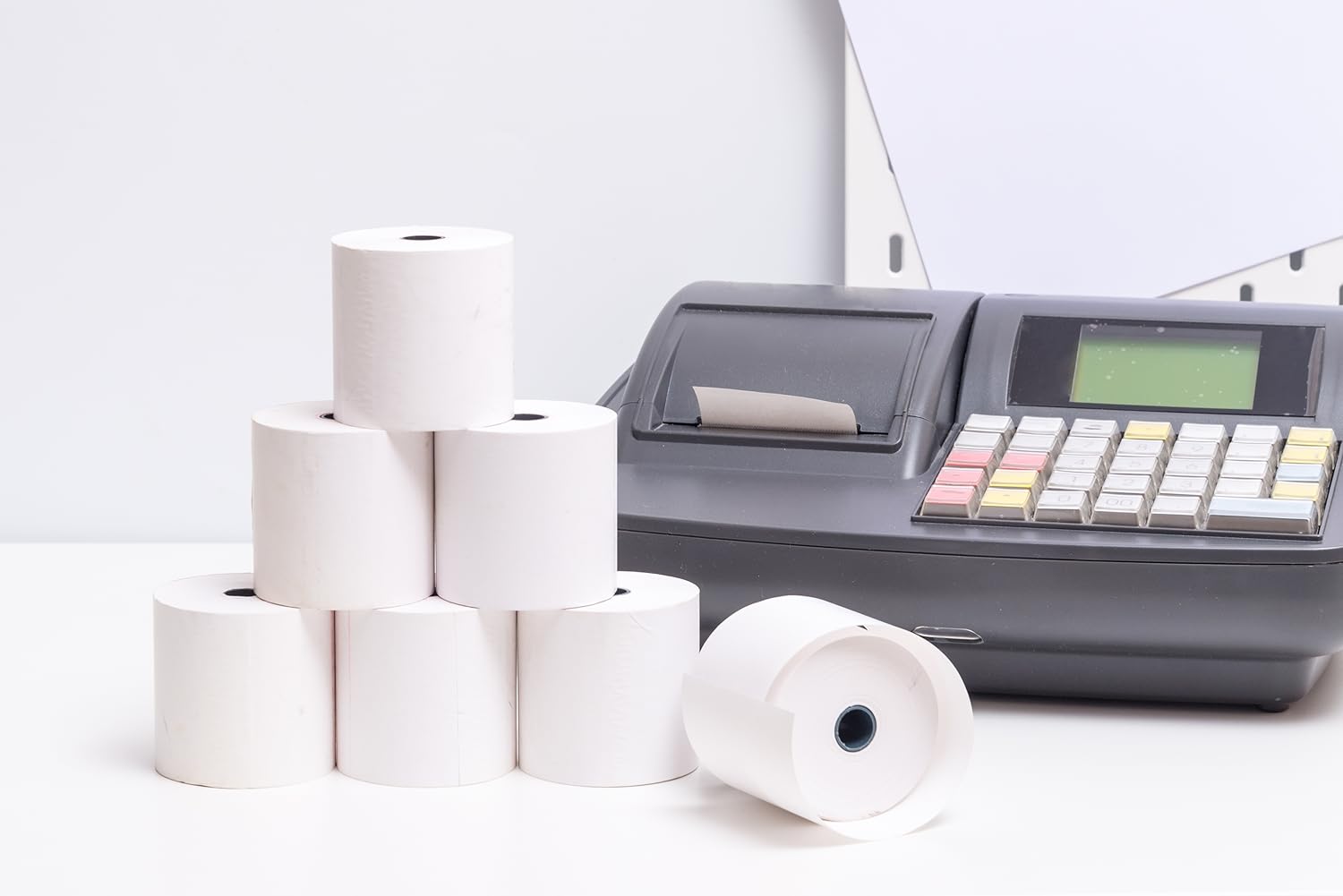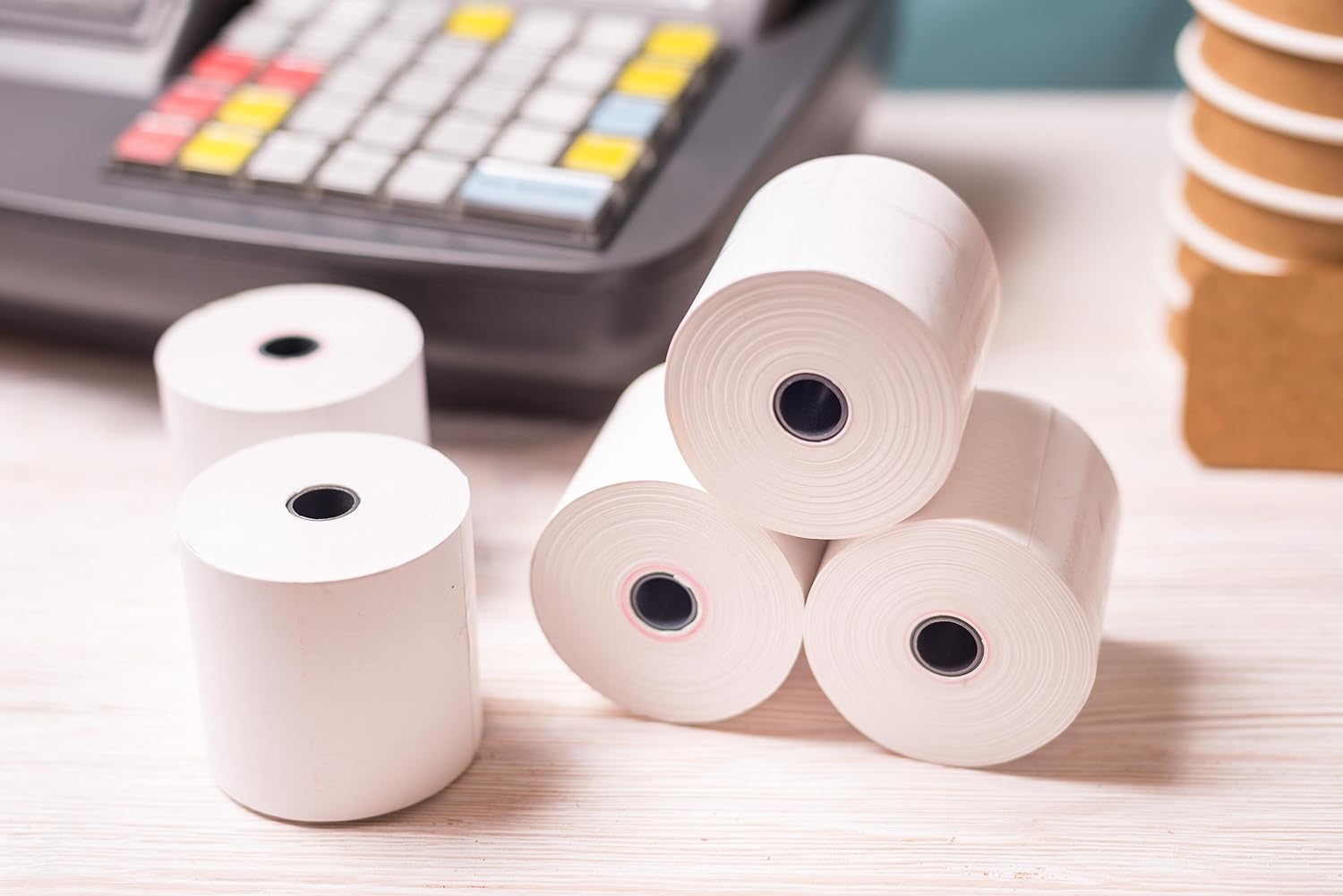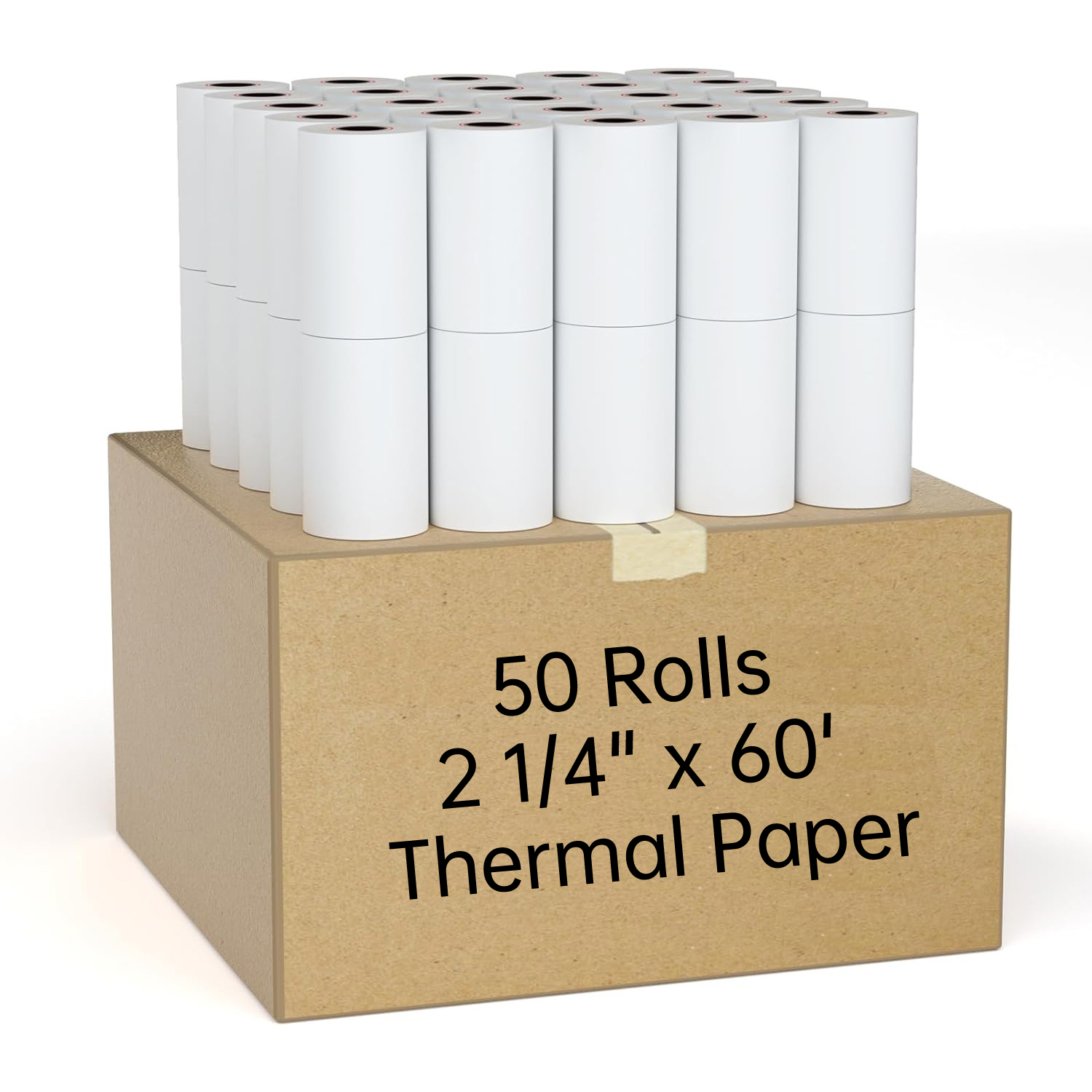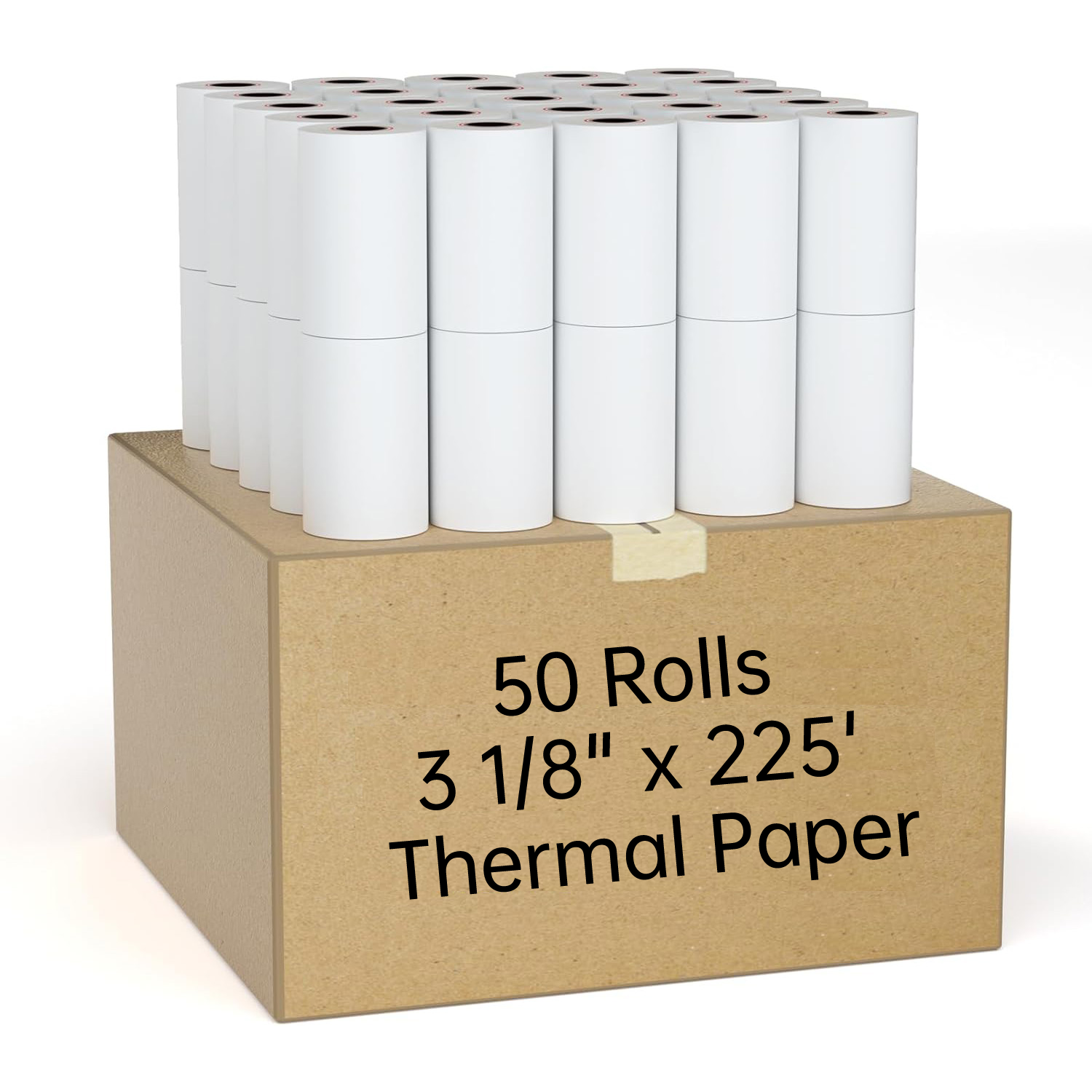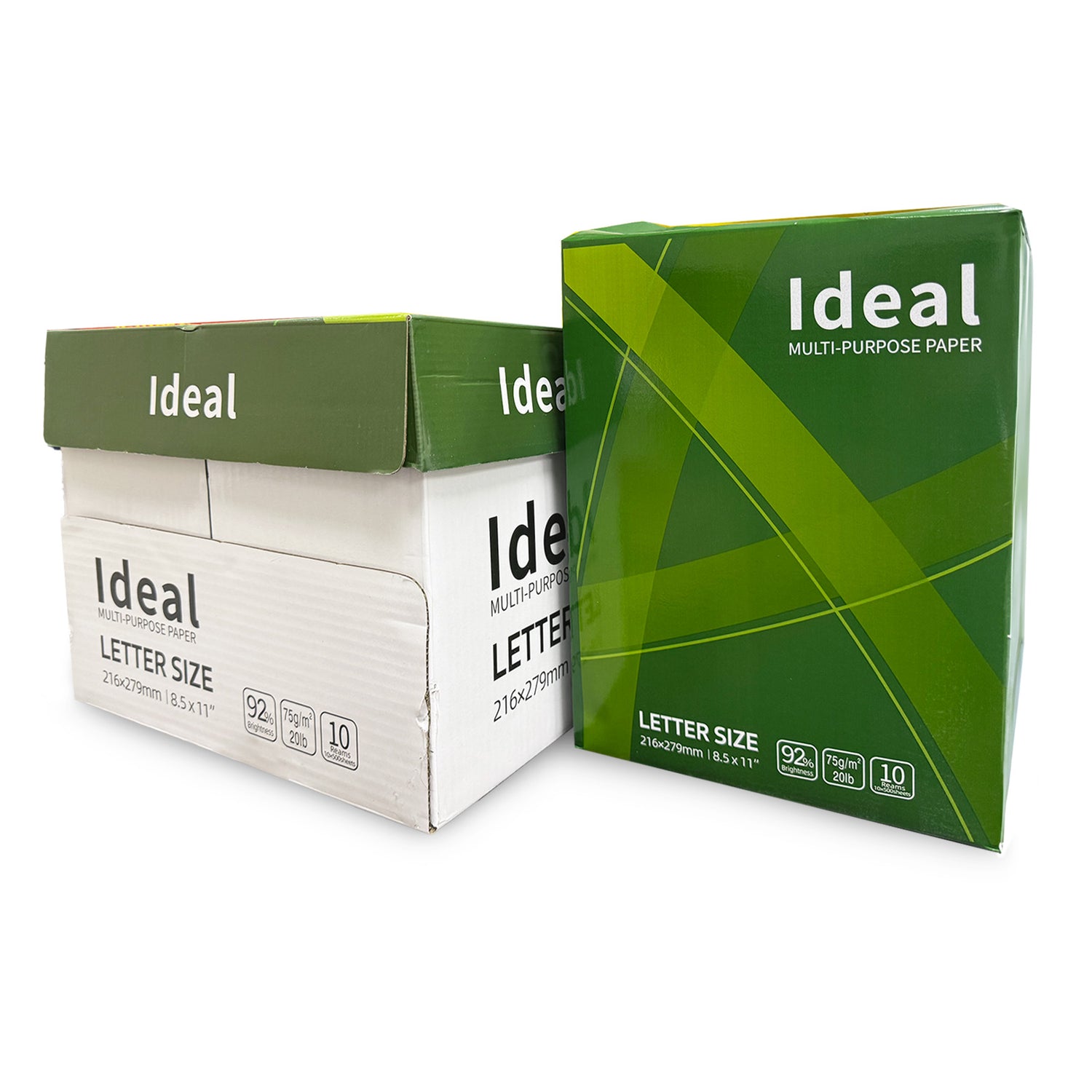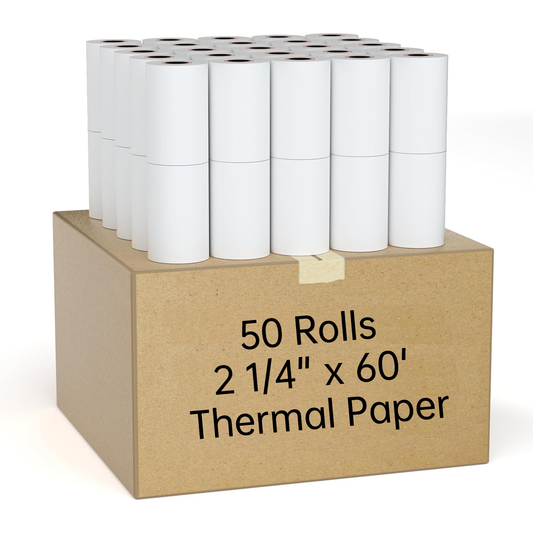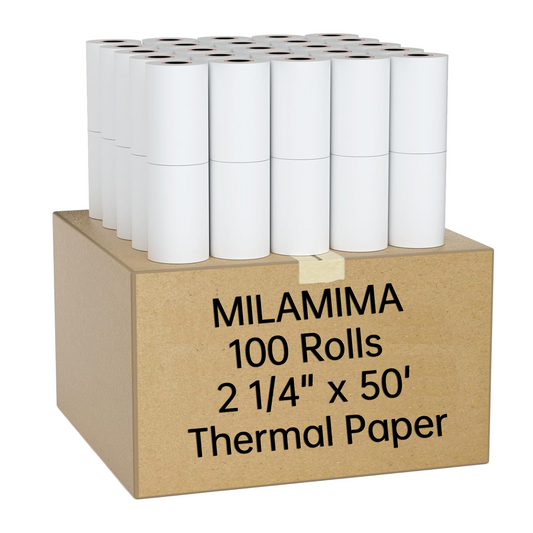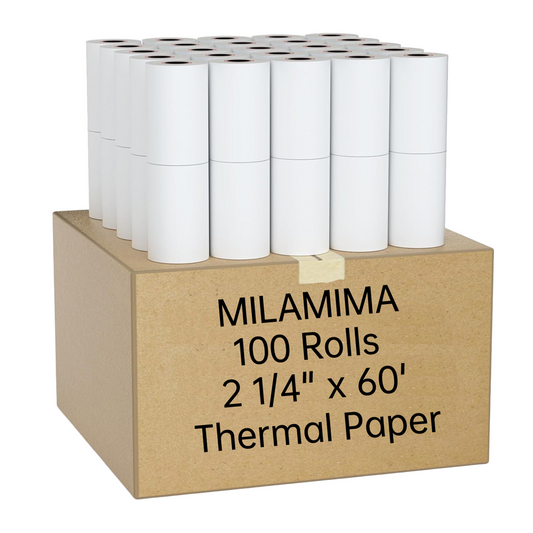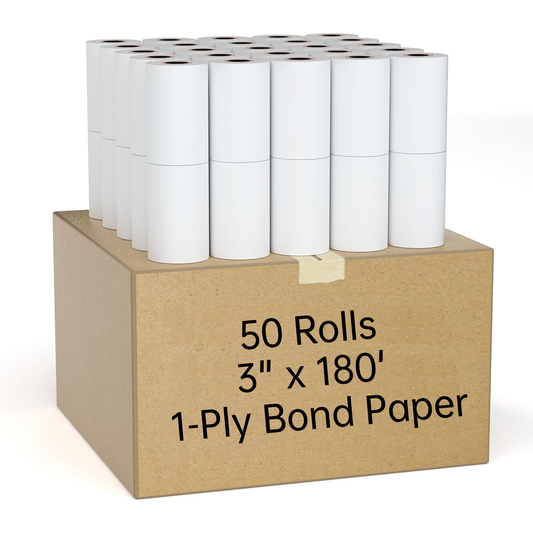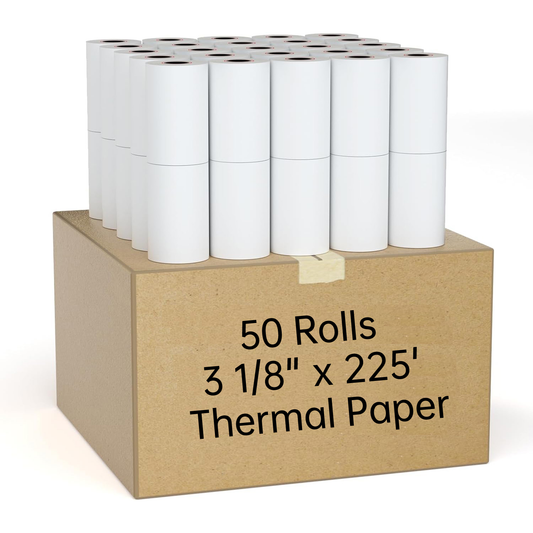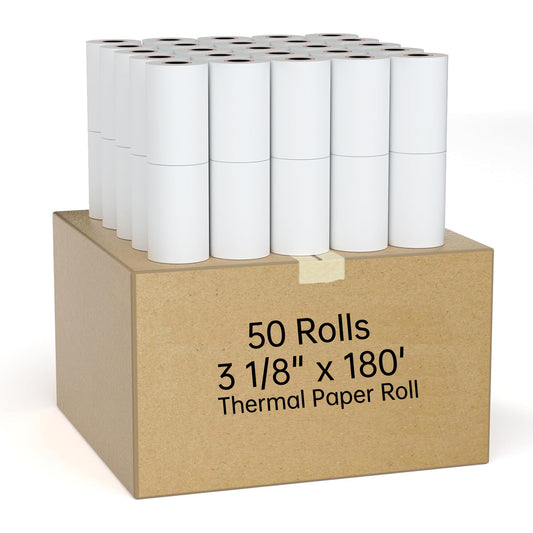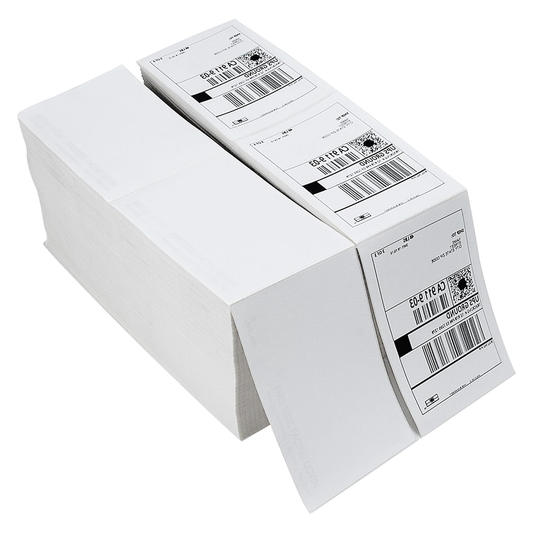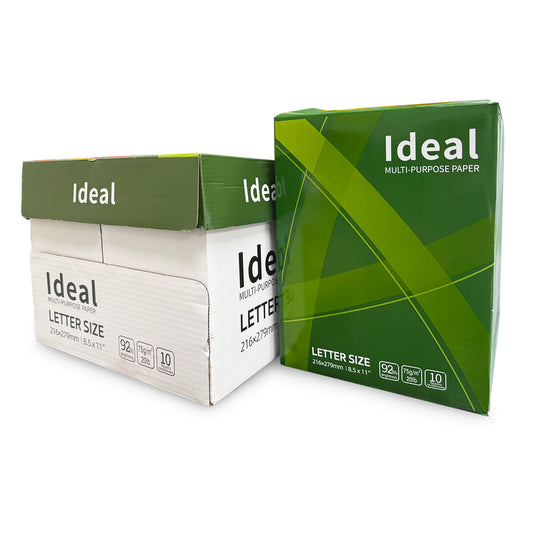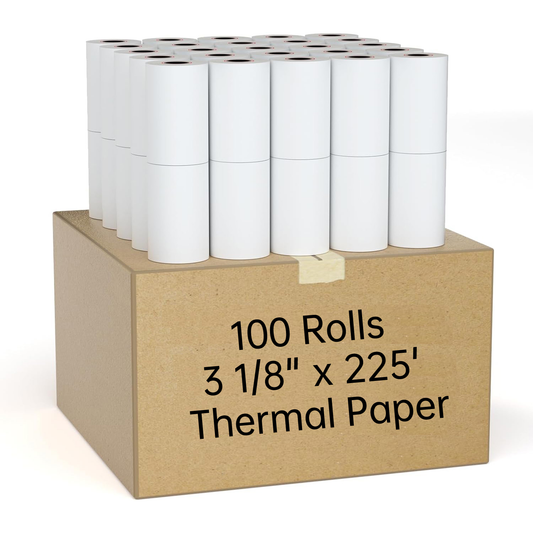Interesting things in nature are often difficult to reach, especially for small children. Birds in the sky, squirrels on trees, and dogs in the neighbor's yard are just a few examples. Binoculars give youngsters the opportunity to observe nature in a playful and engaging way.
Checklist for the Best Kids Binoculars
Children need binoculars that are specifically designed for their smaller hands and closer eye relief. Here are the key features to look for:
- Magnification: Choose binoculars that offer 3 to 8 times magnification, ideal for observing nature.
- Interpupillary Distance: Ensure the binoculars have an interpupillary distance of 53-57mm or less.
- Non-Slip Surface and Carrying Strap: These features provide a secure hold and easy handling.
- Central Setting Wheel: This enables quick, independent zoom changes and individual settings.
Kids Binoculars vs. Mini Binoculars
| Feature | Kids Binoculars | Mini Binoculars |
|---|---|---|
| Weight | Very lightweight, mini and compact | Very small and lightweight |
| Design | Child-friendly designs and colors | Designs and functions suited for adults |
| Suitability | Not suitable for adults | Suitable for teenagers |
| Magnification | Maximum 8x magnification | Magnifications beyond 8x |
| Sensitivity to Shaking | Less sensitive to shaking | Powerful but more sensitive to shaking |
| Durability | Robust and non-slip | - |
Why You Shouldn't Buy Adult Binoculars for Children
- Child-Safe Processing: Children's binoculars are designed to be safe for kids, without small parts that can be a hazard.
- Shock Resistance: Kids' binoculars are particularly shock-resistant, unlike most adult binoculars.
- Magnification and Shaking: High magnification (like 8x) also magnifies shaking. A rubberized surface on kids' binoculars helps absorb shocks.
We recommend plastic binoculars for children aged 3 to 8. Older children can use mini binoculars.
The Best Magnification for Kids Binoculars
Most children, like beginner adults, have difficulty locating objects in a small field of view. Higher magnification restricts the field of view, so binoculars with lower magnification are recommended for beginners and children. Binoculars with 3x to 8x magnification offer the best ratio for kids.
Diopter Adjustment for Children Who Wear Eyeglasses
While diopter adjustment is standard in adult binoculars, it's rare in children's models. If your child wears glasses, ensure the binoculars have diopter adjustment, indicated on the product page. This allows your child to use the binoculars without glasses by adjusting the wheels at the end of the eyepiece.
Interpupillary Distance for Kids Binoculars
Interpupillary distance is the distance between the two eyepieces. Children usually have a pupillary distance of 53-57mm, and very small children may have a distance of 50mm. Adult binoculars typically have an interpupillary distance of 60-70mm, which is not suitable for small children.
Useful Accessories for Care and Storage
- Storage Bag: Protects binoculars from dust, dirt, and weather when not in use.
- Lanyard: Convenient for fastening around the neck to prevent loss or dropping. Allows hands-free climbing.
- Cleaning Cloth: Keeps lenses clean.
- Instructions: Helps children use the device independently and appropriately.
Benefits of Kids Binoculars
A pair of binoculars can excite children about outdoor activities, encouraging them to explore and enjoy nature. This helps reduce time spent in front of screens and promotes healthy, active play.
By providing kids with the right binoculars, you open up a world of exploration and learning, making nature observation fun and accessible.

